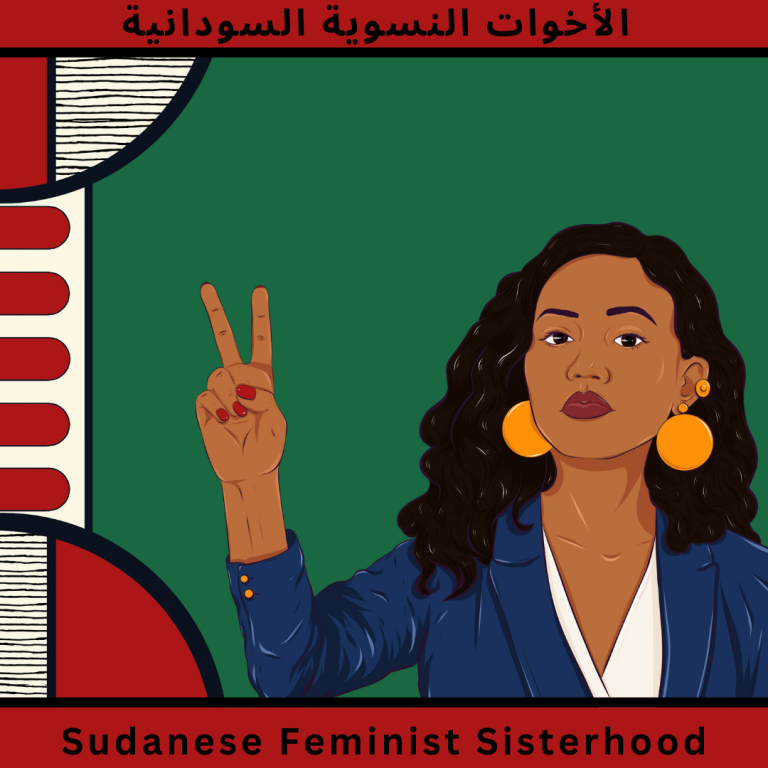Adding evidence: What global grantmaking data tells about us funding for intersectional organising
By Dr. Kellea Miller, Interim Executive Director at Human Rights Funders Network (HRFN)
This post was also published by Alliance Magazine on September 5, 2022.
Spoiler: philanthropy is not living up to its ideals
Within the field of human rights philanthropy, we have spent much of the last decade asking how we can break down silos and move money to movements organizing in powerful, intersectional ways. Alliance alone contains dozens of articles that explore the topic, with titles like ‘Gender and disability – Is intersectionality possible?’ (May 2019), ‘Intersectional environmentalism: How foundations simultaneously address race and climate’ (April 2022), and ‘The case for philanthropy to step up with an intersectional approach’ (July 2022).
The importance of intersectional funding is clear. But until recently, the data has been incomplete.
In our new report, Funding for Intersectional Organizing: A Call to Action for Human Rights Philanthropy, Human Rights Funders Network (HRFN), aims to complement these vital conversations with evidence. This is, to our knowledge, the first comprehensive and global analysis of when and if grants for human rights reach beyond a single issue or community. While not a perfect measure of intersectionality – a complex confluence of forms of identity and power – our data does indicate where human rights funding cuts across communities and issues around the world. We see this as an important bellwether of where funding for intersectionality may truly exist.
The findings are stark. A resoundingly small fraction of human rights grants support activism that cuts across multiple communities or issues. We find:
- The majority of human rights grants address one issue and focus on one population. Of more than 27,000 human rights grants, only 22 per cent were intended to benefit more than one population and 40 per cent addressed more than one issue.
- Funding plummets when we look at more nuanced identities. Fewer than 5 per cent of human rights grants reference three or more identities – for example women of color who identify as LBTQI.
-

Grants for LGBTQI people and persons with disabilities are among the most siloed funding streams within human rights philanthropy. 77 per cent of LGBTQI grants and 73 per cent of grants for persons with disabilities do not reference any other populations.
- Few human rights issues are systematically addressed together. For example, of grants to advance ‘environmental and resource rights,’ just 22 per cent also include a health focus, and 5 per cent intersect with migration, despite well-established links to both issues.[1][2]
- There are glimmers of hope. Funders recognise the ways issues and identities intersect. When asked which of eight major human rights issues could be tackled at the same time, nearly half of the funders said all could be addressed together. What’s more, a number of committed funders are showing us a way forward by modelling intersectional funding in practice, as highlighted in this report.

This research is just the beginning – a baseline and an evidence-based flag of caution that grantmaking practices may be out of alignment with our aspirations.
We have many more questions to ask and, hopefully, answer. For instance, what kinds of funders are enacting intersectional funding models? What is the global picture: Is intersectional funding more prevalent in some regions than in others? What are we missing in the available data and how can we better track the depth of grant funding? As we consider where next to focus our analysis, we invite collaboration and conversation with movements and funders. We believe this is the only way forward.
In this journey, we continually ask: How can philanthropic resources meet the reality of social movements tackling systemic issues today?
To answer this question, I come back to the ‘slice of the pie’ question. (One I waded into back in 2012, stating that to advance feminist philanthropy, we should ‘Make a bigger pie. Or bake a whole new one.’) I will never give up on moving bigger, bolder resources to movements. However, for funders already committed to advancing human rights, I’ve started to think of intersectionality as the difference between New York pizza and Chicago deep dish pizza[3]. It is not a matter of slicing the pie up just right, i.e. moving funding from one under-resourced area to another, but about deepening the reach of the funding we do have. This means acknowledging the complex ways we live and organize; expressly naming and seeking to connect funding with those on the margins within existing programs; and, most of all, moving from siloed isolation to interconnection.
As Solomé Lemma, Executive Director of Thousand Currents, states in our report: ‘From climate change to extreme inequality, the complex and interconnected systemic challenges we face today require an equally interconnected and systemic response.’ Join us in asking how we can live up to our promise to fund movements charting a path toward a new, more just future.
Join us for the report briefing on Wednesday, 28 September.


